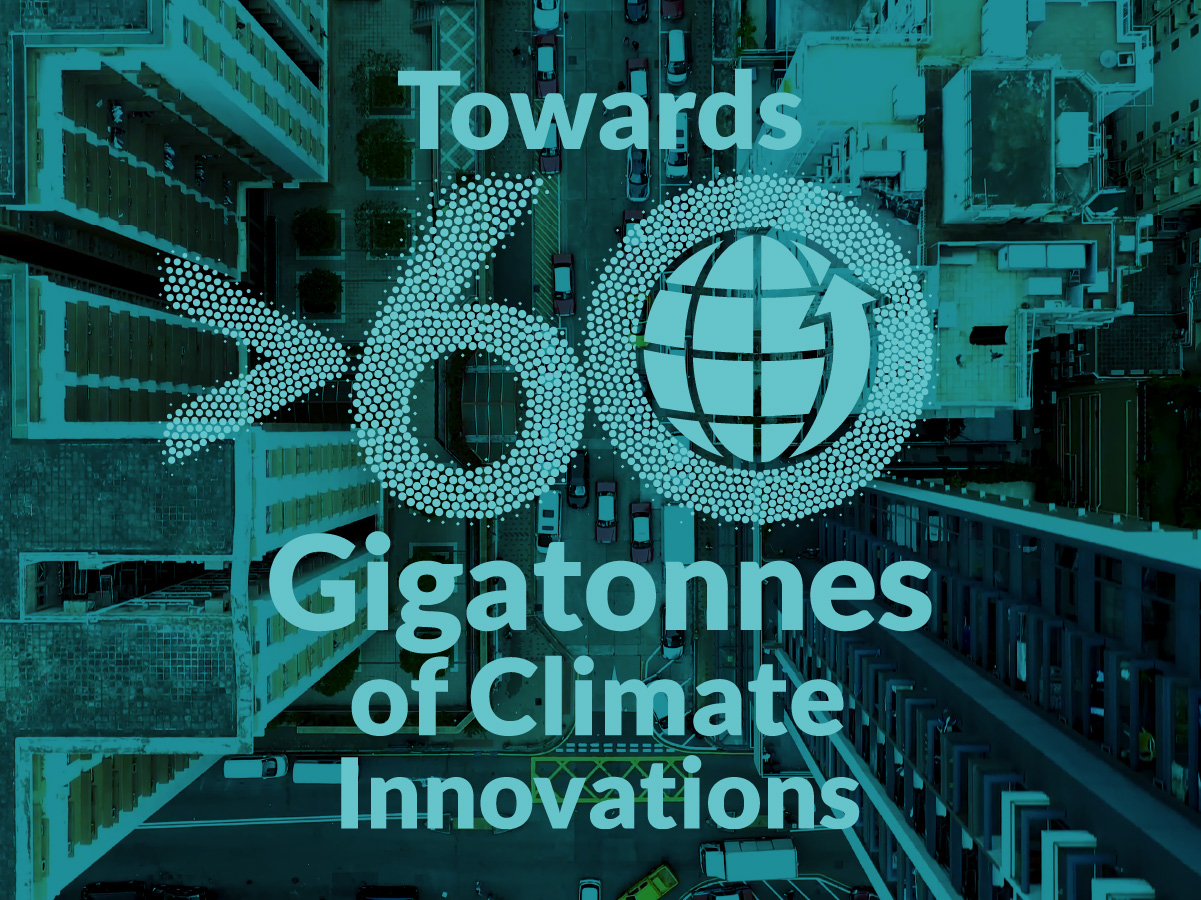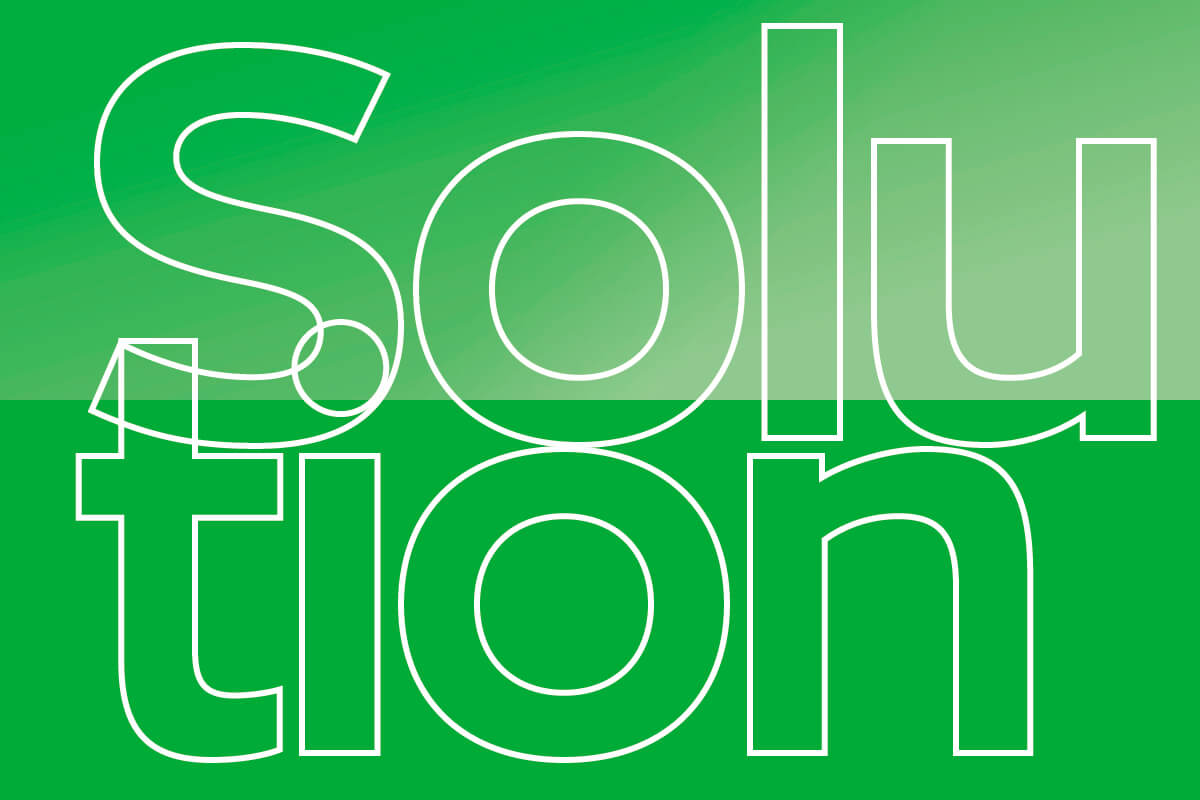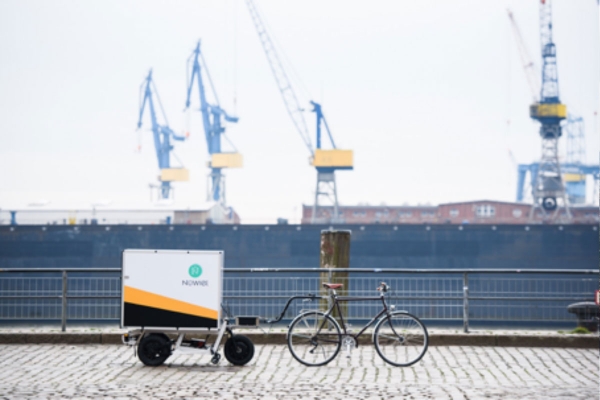Nominated innovations
1000 innovative clean energy solutions and > 150 framework enablers with the potential to deliver more than twelve gigatonnes of avoided emissions by 2030
These assessments are based on a basic avoided emission assessment. The overall concept of avoided emissions is that a solution (product or service) enables the same function to be performed with significantly less GHG emissions. The method of measuring avoided emissions, is to compare a baseline scenario without the enabling solution, with a scenario using the enabling solution; whereby the baseline represents the ‘business as usual’ (BAU) scenario.
These assessments are based on the framework document: The Avoided Emissions Framework (AEF) from September 2020

Energy generation forcasting
Suncast has developed a range of services for predicting and managing solar-based electricity generation. According to their website, the solution offer accurate models of energy generation by utilizing machine learning and artificial intelligence in combination with local weather data. This service is complemented by a monthly, e-mailed-based report that is sent to each customer, linking anomalies in the power generation to impactful parameters such as weather conditions over the relevant time period. Furthermore, the solutions includes an optimization model that indicates when it is the most profitable for each customer to clean their solar panels.
Chile
≈1

Suncast
Energy generation forcasting
Suncast has developed a range of services for predicting and managing solar-based electricity generation. According to their website, the solution offer accurate models of energy generation by utilizing machine learning and artificial intelligence in combination with local weather data. This service is complemented by a monthly, e-mailed-based report that is sent to each customer, linking anomalies in the power generation to impactful parameters such as weather conditions over the relevant time period. Furthermore, the solutions includes an optimization model that indicates when it is the most profitable for each customer to clean their solar panels.
≈1Mt CO2e/year

Hyperloop development
Hyperloop is a new means of ground transportation that can carry passengers and cargo at speeds up to 1000 km/h inside low-pressure tubes. Zeleros' hyperloop system minimizes infrastructure complexity to achieve a scalable solution that will enable long-distance travel. By integrating Zeleros’ main levitation and propulsion technologies in the vehicle, the electrification needs of infrastructure are reduced, resulting in lower costs and easier maintenance. The fully-autonomous vehicle enables the use of a tubular infrastructure which has reduced construction and maintenance costs in comparison with other high-speed ground transport systems.
Spain
≈1

Zeleros
Hyperloop development
Hyperloop is a new means of ground transportation that can carry passengers and cargo at speeds up to 1000 km/h inside low-pressure tubes. Zeleros' hyperloop system minimizes infrastructure complexity to achieve a scalable solution that will enable long-distance travel. By integrating Zeleros’ main levitation and propulsion technologies in the vehicle, the electrification needs of infrastructure are reduced, resulting in lower costs and easier maintenance. The fully-autonomous vehicle enables the use of a tubular infrastructure which has reduced construction and maintenance costs in comparison with other high-speed ground transport systems.
≈1Mt CO2e/year

Solar powered water distribution
Spowdi® is a solar powered water distribution system that can replace traditional diesel using the energy of one solar panel. The portable irrigation and drinking water supply system also reduces water consumption in irrigation by 80% and has a low energy consumption. Using a drip irrigation system also results in reduced extracted water volume/hour, allowing a more stable extraction from groundwater sources. With few parts in one system, the line of products are easy to use and to apply in different situations.
Sweden
≈1

Spowdi AB
Solar powered water distribution
Spowdi® is a solar powered water distribution system that can replace traditional diesel using the energy of one solar panel. The portable irrigation and drinking water supply system also reduces water consumption in irrigation by 80% and has a low energy consumption. Using a drip irrigation system also results in reduced extracted water volume/hour, allowing a more stable extraction from groundwater sources. With few parts in one system, the line of products are easy to use and to apply in different situations.
≈1Mt CO2e/year

Power quality improvement in electrical networks
Comsys has developed the ADF (Active Dynamic filter) to reduce problems caused by a veriety of electrical disturbances that weakens power quality. The ADF is a low-harmonic solution that uses harmonic compensation and mitigation resonance for power quality improvement in an electrical network. The solution is modular and adaptable, meaning that it can be applicable to different types of industries. The solution can also replace existing transformers in a network. The solution can help generating energy savings, higher productivity and reduce the number of failure in a network.
Sweden
≈1

Comsys AB
Power quality improvement in electrical networks
Comsys has developed the ADF (Active Dynamic filter) to reduce problems caused by a veriety of electrical disturbances that weakens power quality. The ADF is a low-harmonic solution that uses harmonic compensation and mitigation resonance for power quality improvement in an electrical network. The solution is modular and adaptable, meaning that it can be applicable to different types of industries. The solution can also replace existing transformers in a network. The solution can help generating energy savings, higher productivity and reduce the number of failure in a network.
≈1Mt CO2e/year

Algae based solar efficiency enhancing material
Through the extraction of nanoporous material from algae, a material with unique light altering, absorbing, and releasing properties can be created. It is useful in a wide variety of industries, such as cosmetics and biomaterials. Of potential interest from a perspective of avoided emissions, is that the material has been shown to be able to increase the efficiency of solar panels and cells (PV) both in lab and in field. The coating can be used on solar cells to improve efficiency by 4-5 % depending on the installation scale.
Sweden
≈1

Swedish Algae Factory AB
Algae based solar efficiency enhancing material
Through the extraction of nanoporous material from algae, a material with unique light altering, absorbing, and releasing properties can be created. It is useful in a wide variety of industries, such as cosmetics and biomaterials. Of potential interest from a perspective of avoided emissions, is that the material has been shown to be able to increase the efficiency of solar panels and cells (PV) both in lab and in field. The coating can be used on solar cells to improve efficiency by 4-5 % depending on the installation scale.
≈1Mt CO2e/year

One hundred percent biodegradable sanitary pads
Saathi’s 100% biodegradable sanitary pad is made from an agricultural by-product, banana fiber. The fiber is one of the most absorbent and abundant natural fibers in India. Unlike wood pulp or cotton, the raw materials for Saathi’s sanitary pads don’t require additional land since their feedstock is from agricultural waste. They do not contain any bleaching chemicals, thereby minimizing skin irritation and the release of toxins into the environment upon disposal.
India
≈1

Saathi Eco Innovations India Private Limited
One hundred percent biodegradable sanitary pads
Saathi’s 100% biodegradable sanitary pad is made from an agricultural by-product, banana fiber. The fiber is one of the most absorbent and abundant natural fibers in India. Unlike wood pulp or cotton, the raw materials for Saathi’s sanitary pads don’t require additional land since their feedstock is from agricultural waste. They do not contain any bleaching chemicals, thereby minimizing skin irritation and the release of toxins into the environment upon disposal.
≈1Mt CO2e/year

Mobile car wash
Through the Woshapp app, Woshapp takes the car wash to the car and reduces the amount of water needed for each wash. The company goal is to revolutionize the way we clean cars using sustainable and environmentally friendly methods. On average it takes 1.5 hours to wash a car and in addition about 200 liters of water are consumed per wash. Woshapp service agents cycle to the car and carefully hand wash it in an environmentally friendly way, using only about 400 milliliters of water per wash, thereby saving 99% of the water consumed by a regular car wash. The method provides better quality than a mechanical car wash, avoiding the scratches that can occur.
Sweden
≈1

Woshapp
Mobile car wash
Through the Woshapp app, Woshapp takes the car wash to the car and reduces the amount of water needed for each wash. The company goal is to revolutionize the way we clean cars using sustainable and environmentally friendly methods. On average it takes 1.5 hours to wash a car and in addition about 200 liters of water are consumed per wash. Woshapp service agents cycle to the car and carefully hand wash it in an environmentally friendly way, using only about 400 milliliters of water per wash, thereby saving 99% of the water consumed by a regular car wash. The method provides better quality than a mechanical car wash, avoiding the scratches that can occur.
≈1Mt CO2e/year

Intelligent electric bike trailers
NÜWIEL has developed and built an electric bicycle trailer that automatically follows the movement of the bicycle. The cyclist does not feel the load of the trailer or the cargo. The trailer, thanks to a special coupling, is mounted in a few seconds under the saddle of the bicycle, without the need for further installations. When used without a bicycle, it can also be used as an electrically powered handcart in pedestrian-only zones and inside buildings. Thanks to NÜWIEL’s modular design, the trailer can be used with different cargo structures. It is possible to install an existing transport box system on the trailer, or to develop a custom box for different needs.
Germany
≈1

NÜWIEL
Intelligent electric bike trailers
NÜWIEL has developed and built an electric bicycle trailer that automatically follows the movement of the bicycle. The cyclist does not feel the load of the trailer or the cargo. The trailer, thanks to a special coupling, is mounted in a few seconds under the saddle of the bicycle, without the need for further installations. When used without a bicycle, it can also be used as an electrically powered handcart in pedestrian-only zones and inside buildings. Thanks to NÜWIEL’s modular design, the trailer can be used with different cargo structures. It is possible to install an existing transport box system on the trailer, or to develop a custom box for different needs.
≈1Mt CO2e/year

Optimization of solar collectors
Aiguasol have designed a solar concentration called 'Ulisses'. Ulisses is a cylindrical concentrator which uses flat movable mirrors rotating on a shaft. Ulisses can be coupled to flat solar collectors or to photovoltaic modules, thereby enhancing their efficiencies and minimizing the cost of power generation. The fact that the mirrors are movable allows the structures and protective systems from wind, snow, and high temperatures to be simplified.
Chile
≈1

Aiguasol
Optimization of solar collectors
Aiguasol have designed a solar concentration called 'Ulisses'. Ulisses is a cylindrical concentrator which uses flat movable mirrors rotating on a shaft. Ulisses can be coupled to flat solar collectors or to photovoltaic modules, thereby enhancing their efficiencies and minimizing the cost of power generation. The fact that the mirrors are movable allows the structures and protective systems from wind, snow, and high temperatures to be simplified.
≈1Mt CO2e/year

Blockchain for tracking solar energy generation
Sello Sol a certification developed by Phineal allows tracing the solar energy generation on its place of origin through the use of blockchain technology. The data is measured and processed to add value by using it in products, services and transactions as verifiable, transparent and secure information. Phineal states that the blockchain methodology has been tested by companies and public institutions and it is being developed in Latin America for the world
Chile

Phineal
Blockchain for tracking solar energy generation
Sello Sol a certification developed by Phineal allows tracing the solar energy generation on its place of origin through the use of blockchain technology. The data is measured and processed to add value by using it in products, services and transactions as verifiable, transparent and secure information. Phineal states that the blockchain methodology has been tested by companies and public institutions and it is being developed in Latin America for the world
Currently unavailable